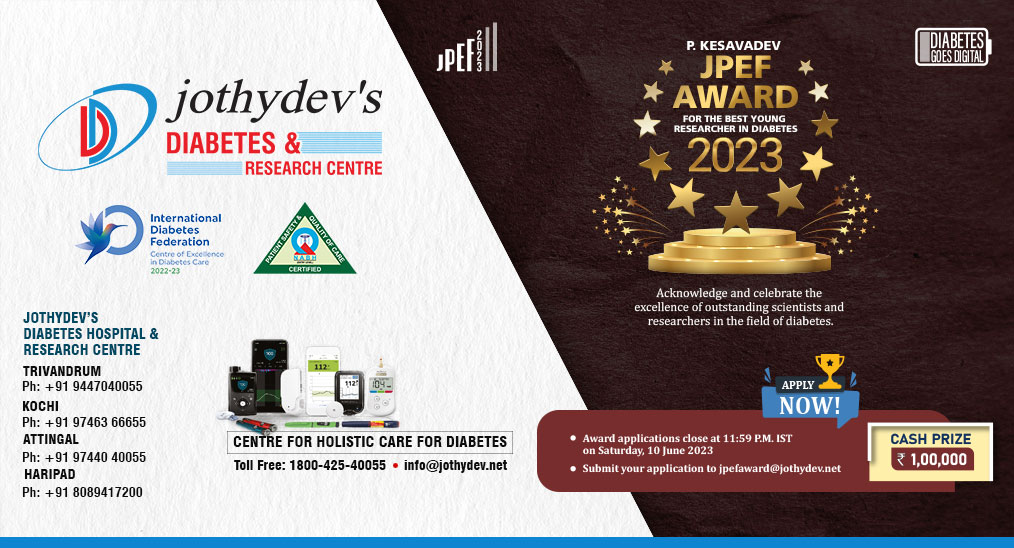3. Passive simulated jogging improves HRV in subjects with type 2 diabetes

Heart rate variability (HRV) is a crucial indicator of the neural balance between the sympathetic and parasympathetic nervous systems. Type 2 diabetes at times is characterized by reduced HRV which has been found to be improved by physical activity and exercise. However, recent advancements in technology aid in managing the burden of the disease more feasibly. A recent approach that has shown promising results is the passive simulated jogging, a form of exercise using a motorized pedal device that replicates the motion of jogging. This nonrandomized study, published in the ‘Journal of Diabetes Research’, investigated the potential benefits of passive simulated jogging on HRV in individuals with type 2 diabetes.
This study included ten participants with type 2 diabetes, with age ranging from 44 to 73 years. The participants used the passive simulated jogging device (JD) for 7 days, with HRV analysis performed using electrocardiogram measurements in a seated posture at three time points: baseline (day 1), after seven days of JD (JD7), and seven days after discontinuation of JD (Post-JD).
The results of the study revealed significant improvements in HRV measures after seven days of JD. Specifically, the time domain and point care variables of HRV showed positive changes in individuals with type 2 diabetes. This suggests that passive simulated jogging using the JD that offered uncomplicated exercise could potentially enhance autonomic function in this population.
One notable finding of the study was that the JD is not intended to replace traditional exercise but rather serves as a complementary and convenient modality to reduce physical inactivity. It can be used during sedentary activities such as work, making it a viable option for individuals who may face challenges with regular exercise due to physical or cognitive limitations, or prolonged sitting environments at work.
This study adds more evidences to the growing body of literature on the potential benefits of advanced diabetes technologies that are more user friendly. Further research is needed to explore the long-term effects and feasibility of incorporating this intervention into clinical practice as a complementary approach to managing autonomic neuropathy in individuals with diabetes. With its simplicity and convenience, passive simulated jogging using the JD is promising since it can be used during sedentary activities of work and a welcomed intervention for those who cannot exercise due to physical and cognitive limitations or have a prolonged work sitting environment.
For enquiries info@jothydev.net.
Please visit: jothydev.net | research.jothydev.com | diabscreenkerala.net | jothydev.com/newsletter




